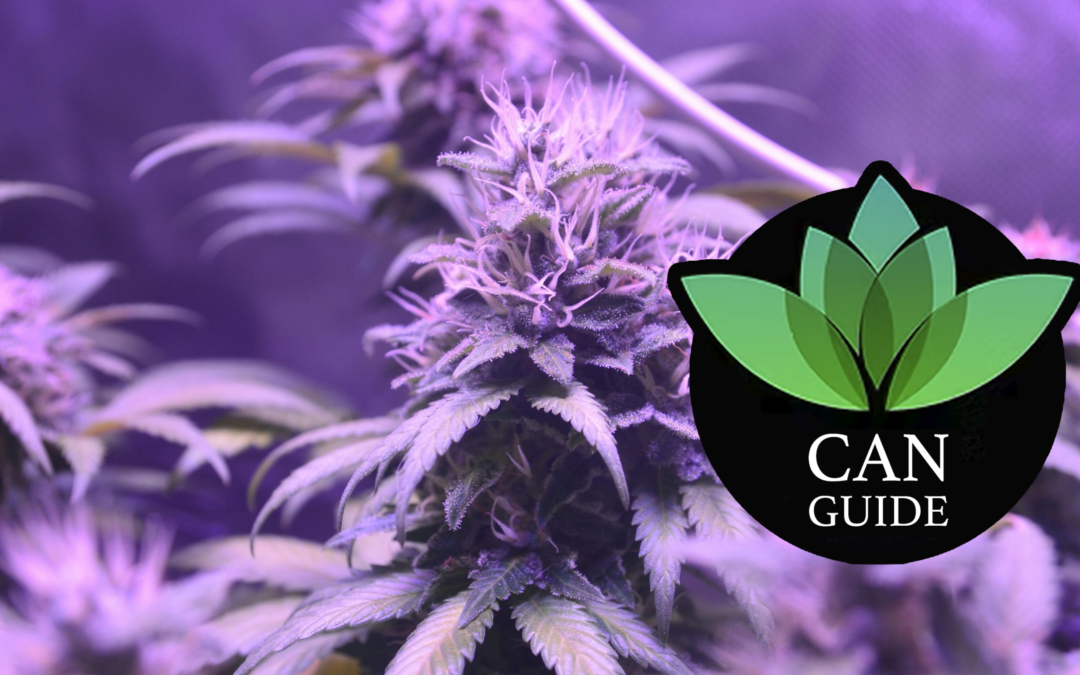The legal cannabis sector is evolving at an unprecedented pace, and one of its most vital engines of growth is research. By leveraging scientific methodologies to optimize genetics, cultivation techniques, and operational efficiency, industry players are setting new standards for consistency and quality. Through a combination of advanced breeding programs, data-driven environmental controls, and collaborative efforts among leading experts, the industry is steadily transitioning into a more transparent and responsible market—ultimately helping to normalize cannabis, and raise overall production benchmarks.
Genetic and Cultivation Research: A Powerful Catalyst
Genetic and cultivation research has become indispensable for the modern cannabis landscape. Today’s breeders focus on creating stable, reproducible traits that meet specific market demands, whether it’s for potency, unique terpene profiles, or natural resistance to common pests and diseases. By isolating desirable genetic markers, cultivators can develop plants that thrive in varied environments, ensuring more predictable yields and helping businesses scale with confidence.
Simultaneously, growers deploy sophisticated cultivation methods such as hydroponics, aeroponics, and vertical farming, supported by real-time data analytics. By closely monitoring temperature, humidity, nutrient levels, and lighting conditions, they can fine-tune each growth cycle to consistently produce high-quality harvests with unique properties. These practices not only increase yield but also reduce waste, lessen the environmental impact, and minimize the need for harsh pesticides. In a rapidly maturing market, the ability to reliably deliver safe, premium cannabis is key to earning consumer trust.
Emerging Genetic Developments
Recent breakthroughs underscore the importance of continuous innovation. Triploid seeds, for instance, are gaining momentum because they yield seedless plants with higher cannabinoid concentrations and simplified harvesting. Meanwhile, F1-hybrid seeds introduce a new level of genetic stability, producing uniform offspring that consistently offer the same growth patterns, flavor profiles, and potency.
Micropropagation takes these advancements a step further by replicating disease-free clones at scale using tissue culture techniques. This process drastically lowers pathogen transmission risks, a crucial factor for large commercial operations aiming to safeguard extensive crops. Further strengthening these defensive measures, viroid elimination strategies help eradicate persistent plant pathogens like Hop Latent Viroid (HLVd), ensuring that the integrity of every harvest is protected. Altogether, these cutting-edge genetic tools and protocols continue to push the industry toward higher standards of quality and reliability.
Can Guide’s Main dedication to innovate
At Can Guide, the belief in rigorous, data-driven research underpins every facet of our work. As fonder of Can Guide, I see research as a key to normalizing cannabis by developing trust from governments, and deliver solutions that can both support industrial as governmental objectives. My role involves uniting cultivation innovators, product developers, and other industry professionals with credible research partners to deploy accessible research projects that can make a real difference in production and commercial strategies. By merging practical know-how with forward-thinking strategies, we help lay the groundwork for a more transparent, standardized, and broader sector.
Central to my responsibilities is organizing collaborative research initiatives aimed at exploring advanced cannabis production methods, in the scientific fields of genetic development, biotechnologies, cultivation strategies, to botanical oil extractions, and improving processing techniques. Whether examining novel environmental controls or analyzing new approaches to drying and curing, I bring together specialists in agronomy, engineering, and supply chain management so that each discovery is shared and collectively refined.
Remaining at the forefront of industry developments is crucial. By constantly monitoring emerging technologies, cultivation trends, and best practices, I integrate these findings into both ongoing and future projects at Can Guide. Through collaboration and open communication, our research efforts become more robust and adaptable, allowing us to stay ahead in an industry where rapid evolution is the norm.
Ultimately, my goal is to foster a deeper appreciation for the cannabis plant and its potential applications, while driving acceptance through consistently improved production standards.
By demonstrating that a scientific approach can produce reliable outcomes, we enhance consumer confidence and help build a more knowledgeable, responsible marketplace—one in which cannabis is recognized for its diverse possibilities and cultivated with utmost precision.
Conclusion
From pioneering genetic advancements to sophisticated cultivation techniques, the cannabis industry is undergoing a profound transformation rooted in scientific inquiry and collaborative progress. Research remains a central pillar of this evolution, guiding the development of new strains, sustainable farming practices, and innovative production methods. At Can Guide, this dedication to research extends beyond mere experimentation; it is a unifying force that brings together visionaries from across the industry to share insights and refine best practices.
As we strive to normalize cannabis and continually enhance product quality, it is the collective effort of breeders, growers, consultants, and engineers that drives meaningful change. By harnessing developments like triploid and F1-hybrid seeds, micropropagation, and viroid elimination, we ensure that each harvest is more efficient and reliable than the last. In doing so, we not only improve operational performance but also move closer to a future where cannabis is fully integrated into mainstream markets—a future defined by consistent standards, robust research, and a commitment to shared success.

